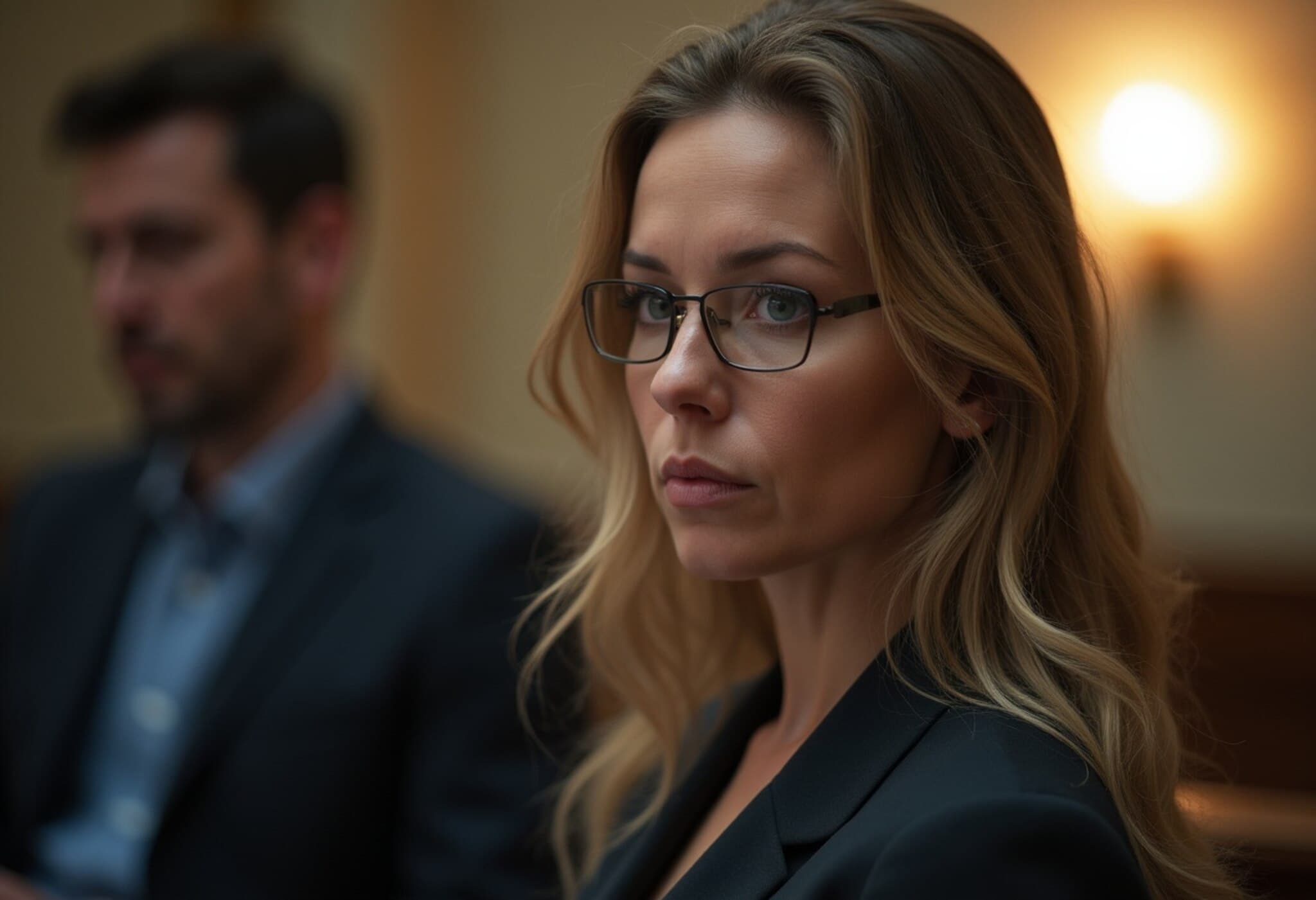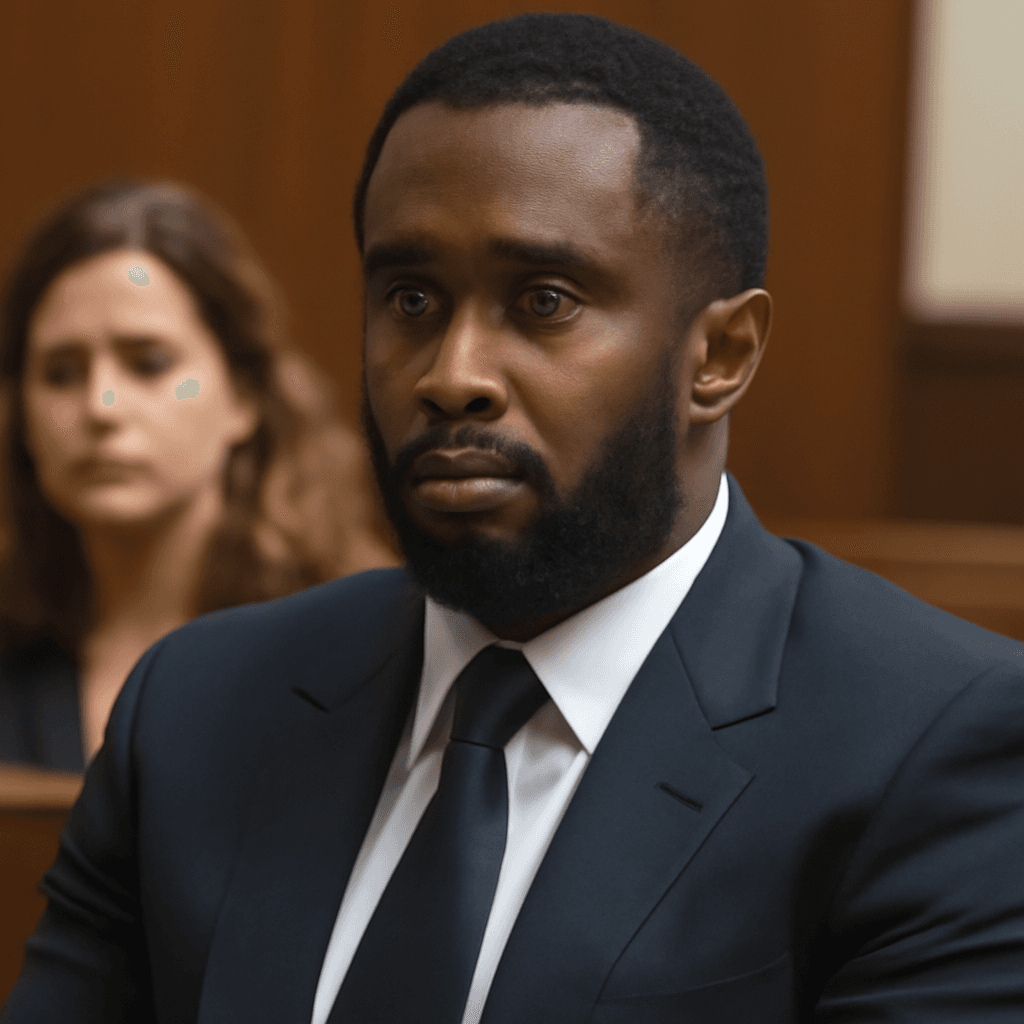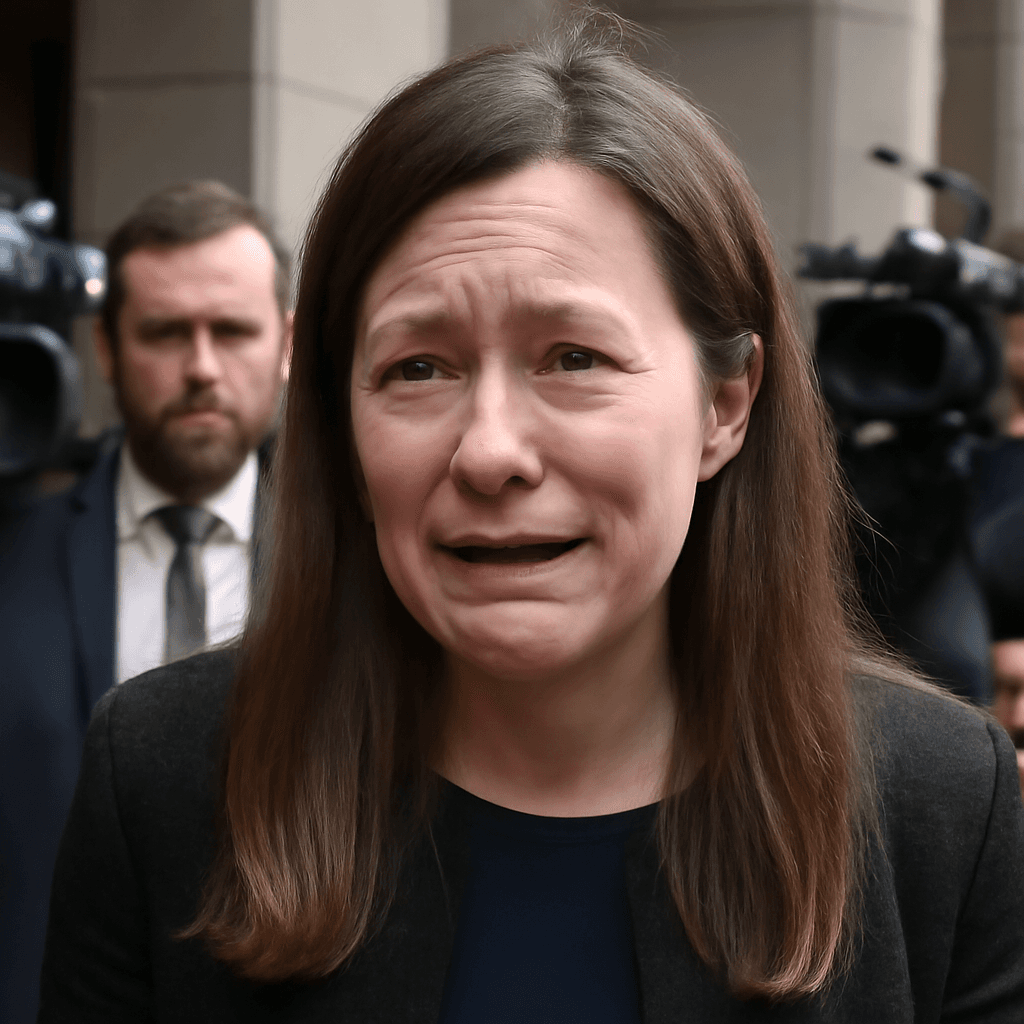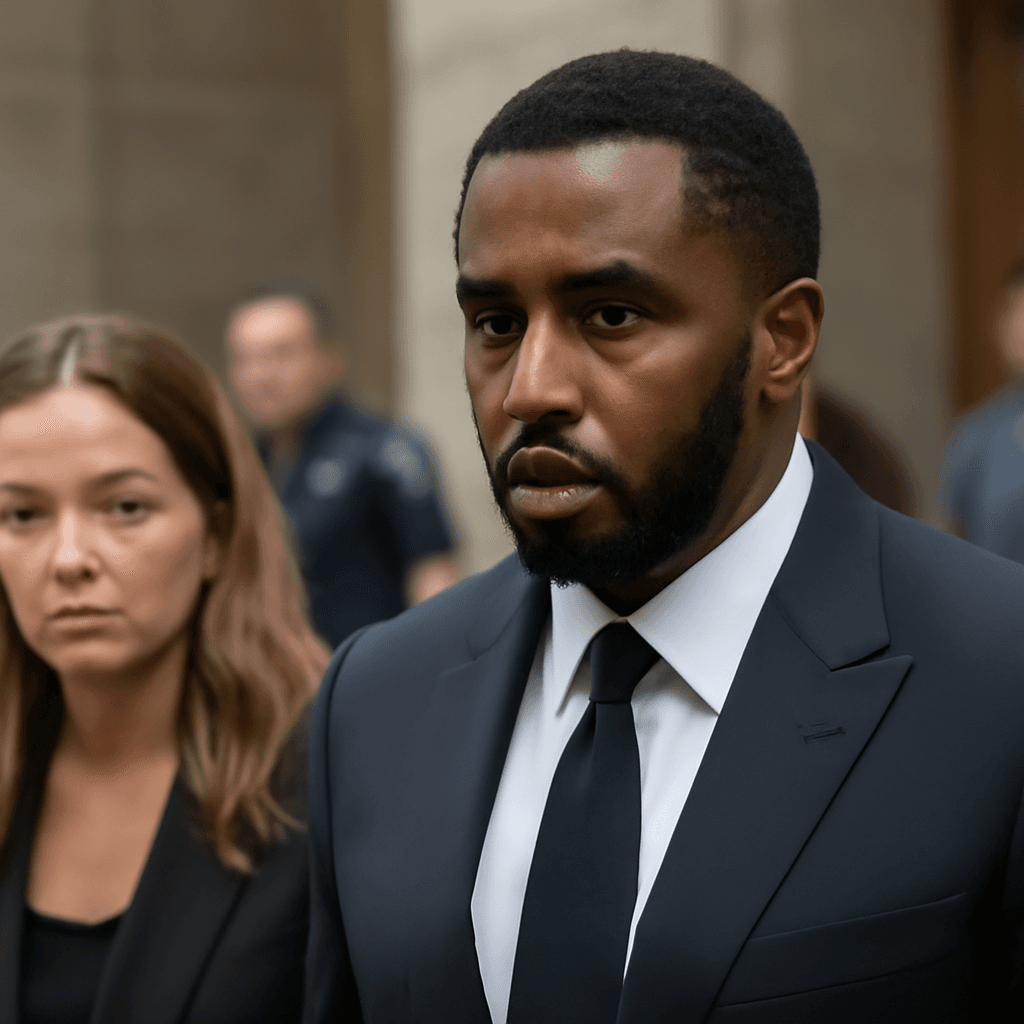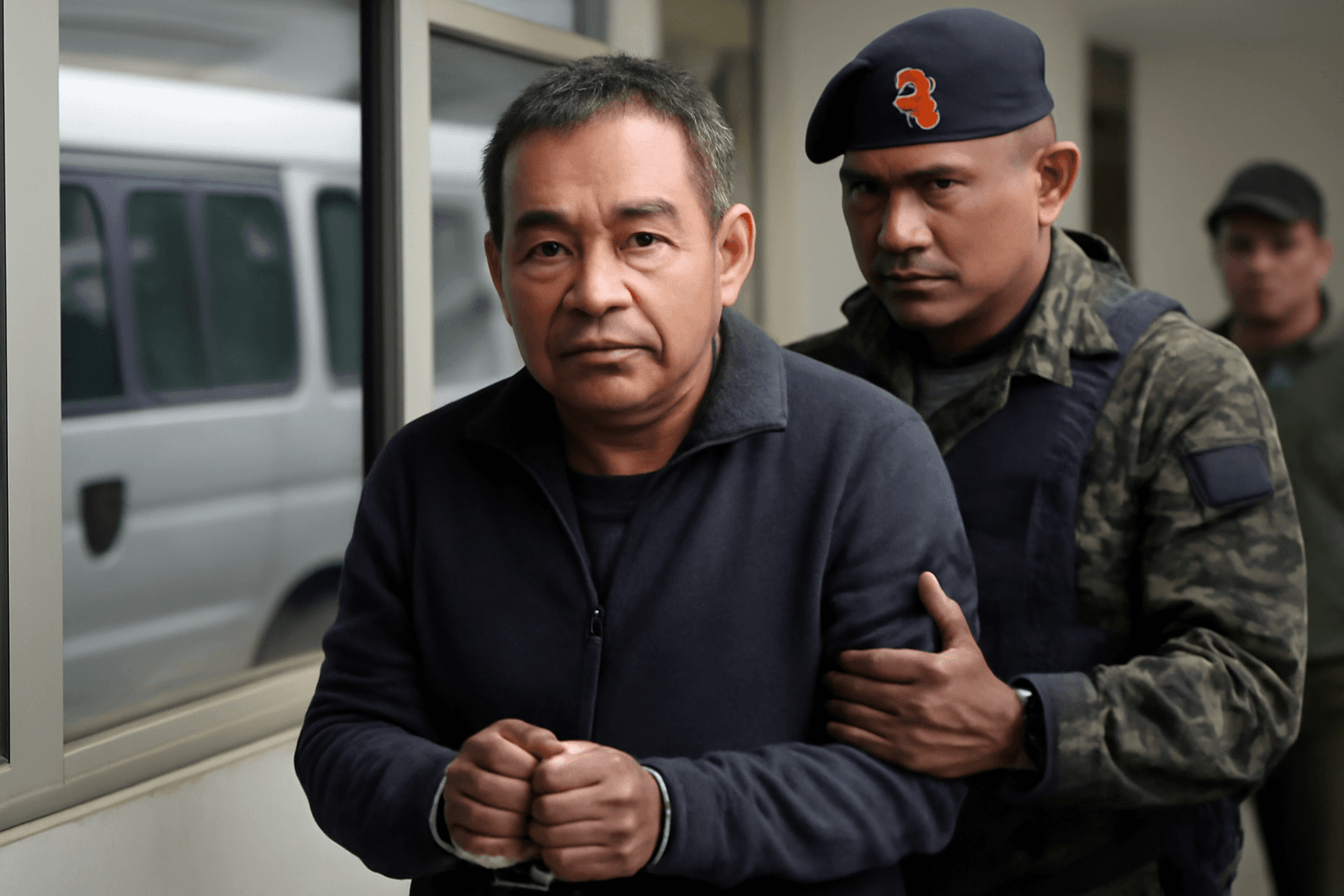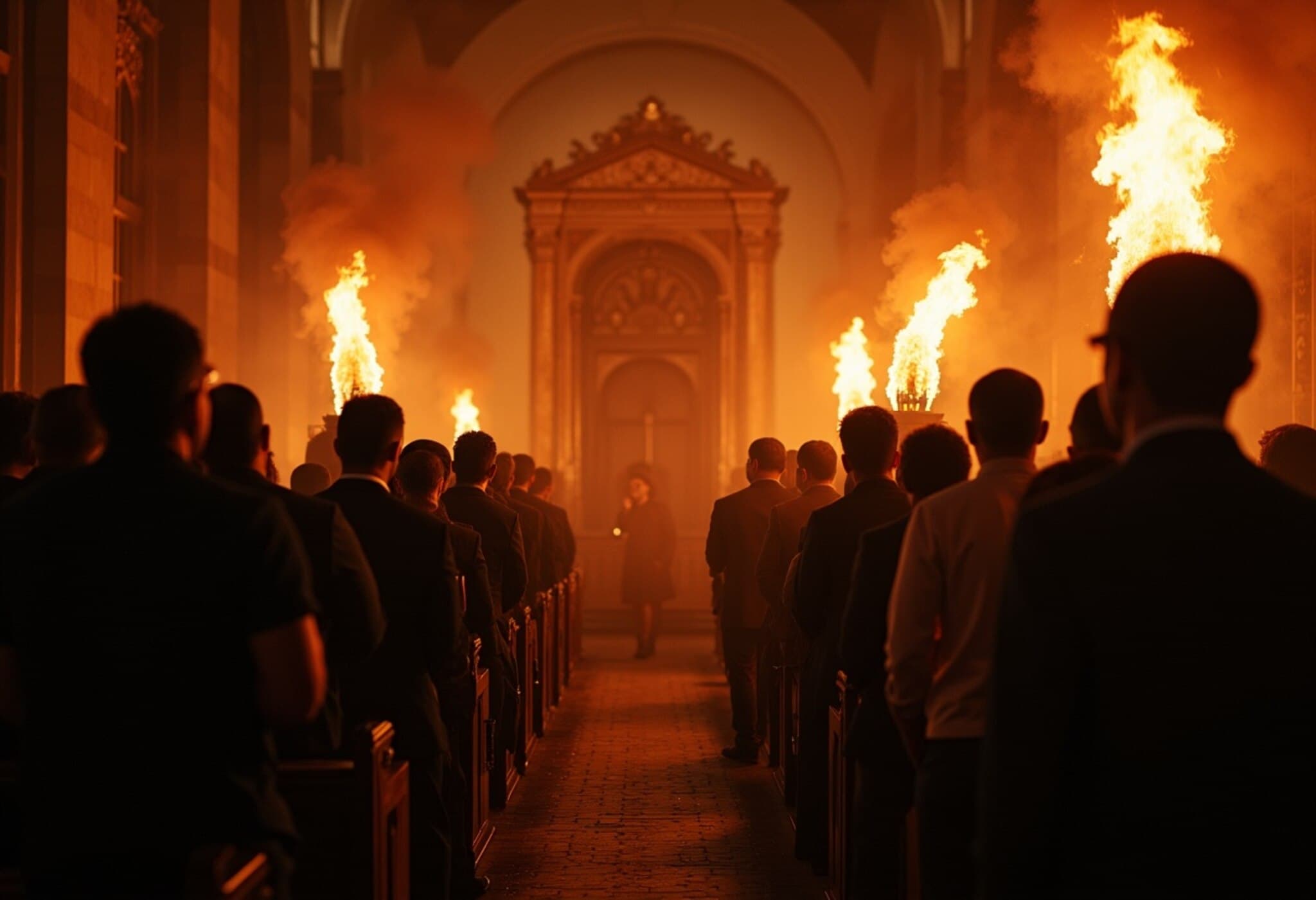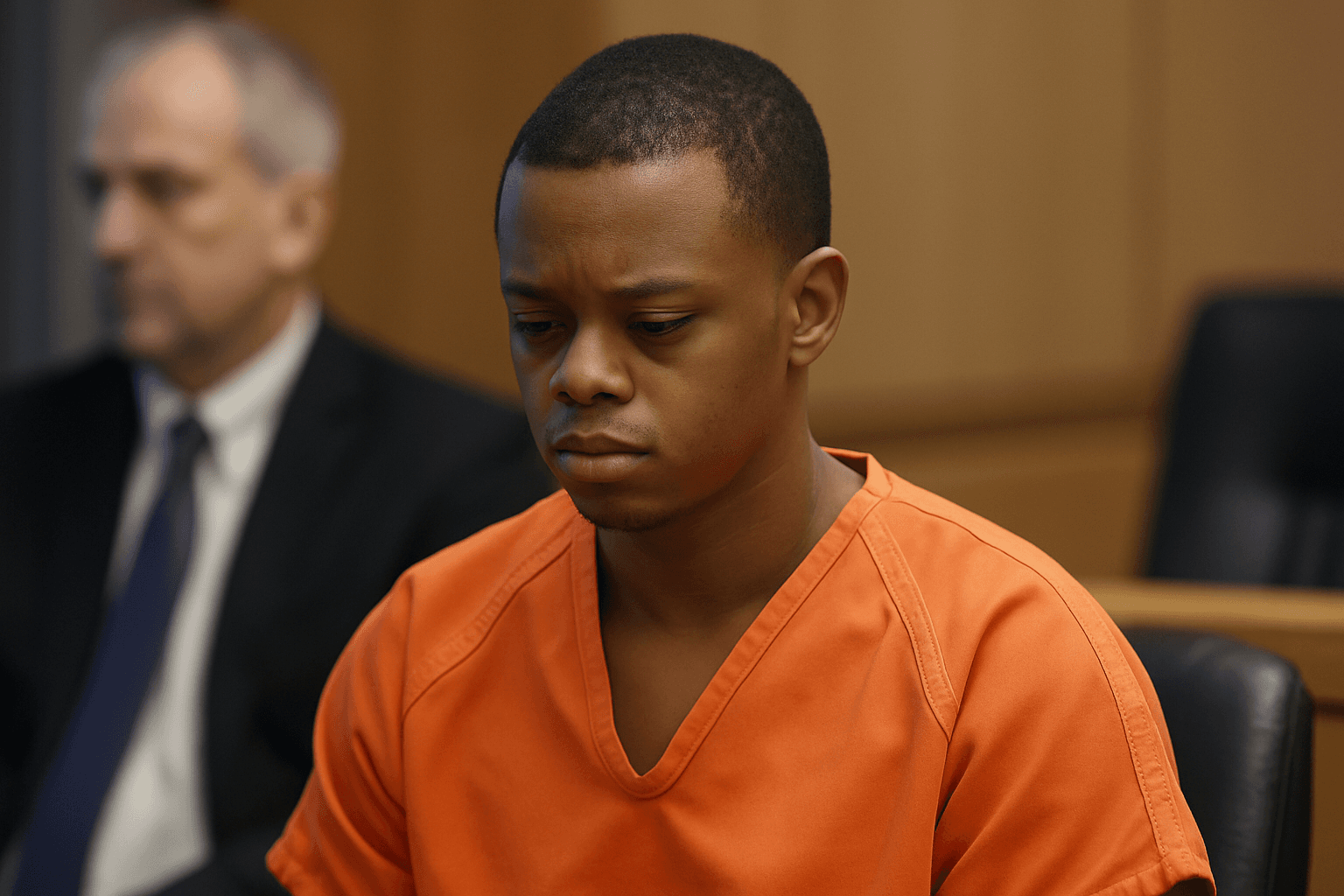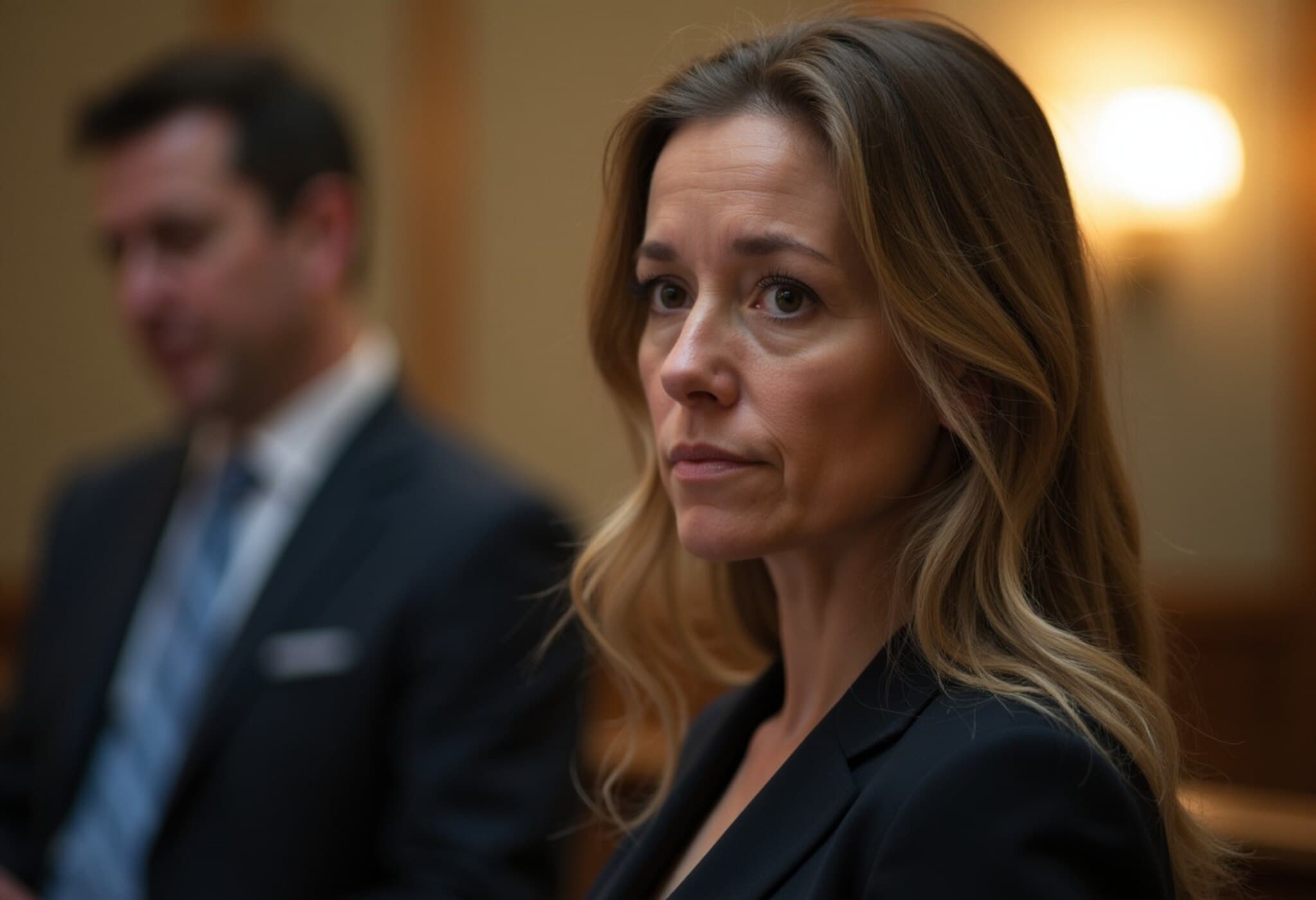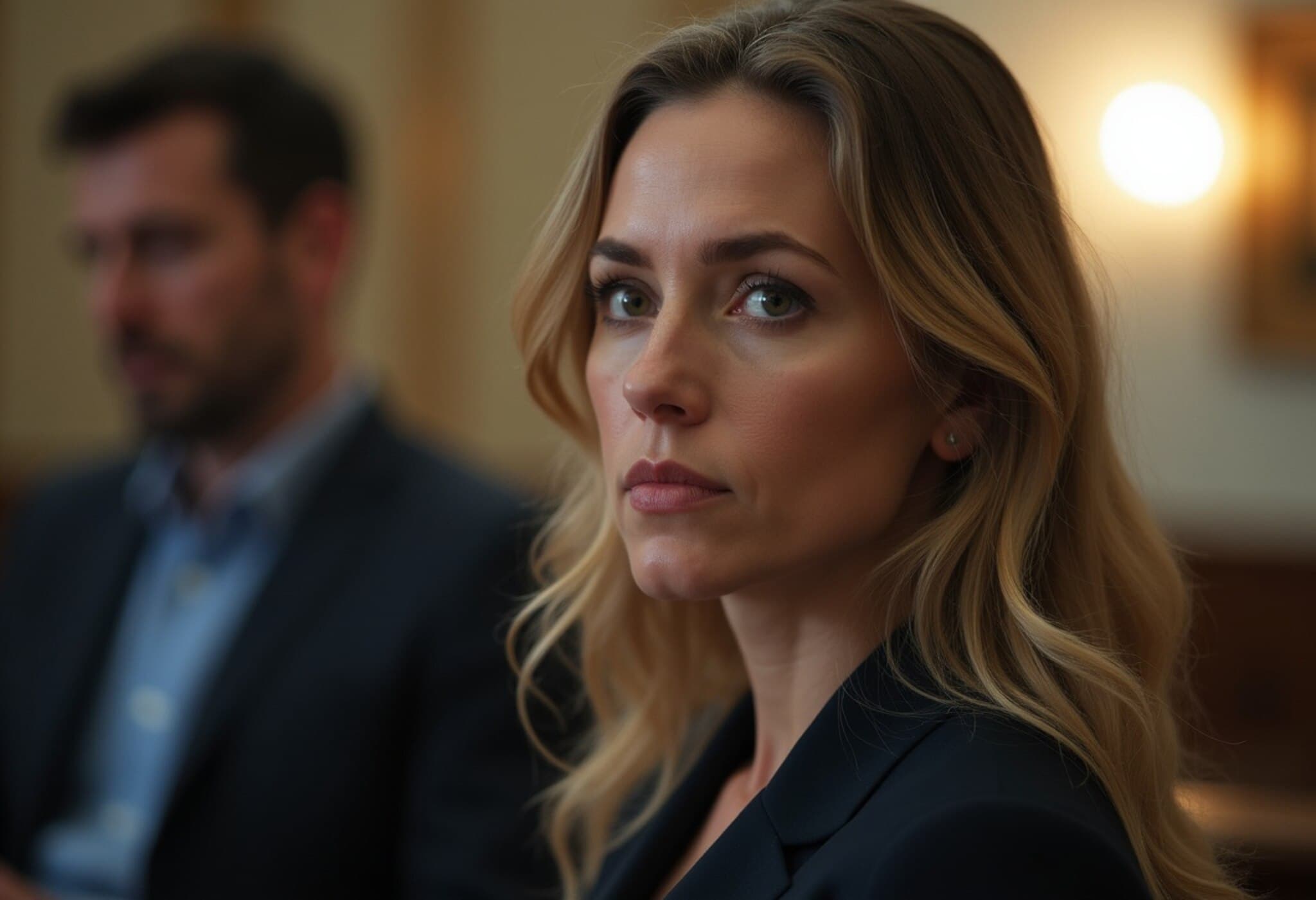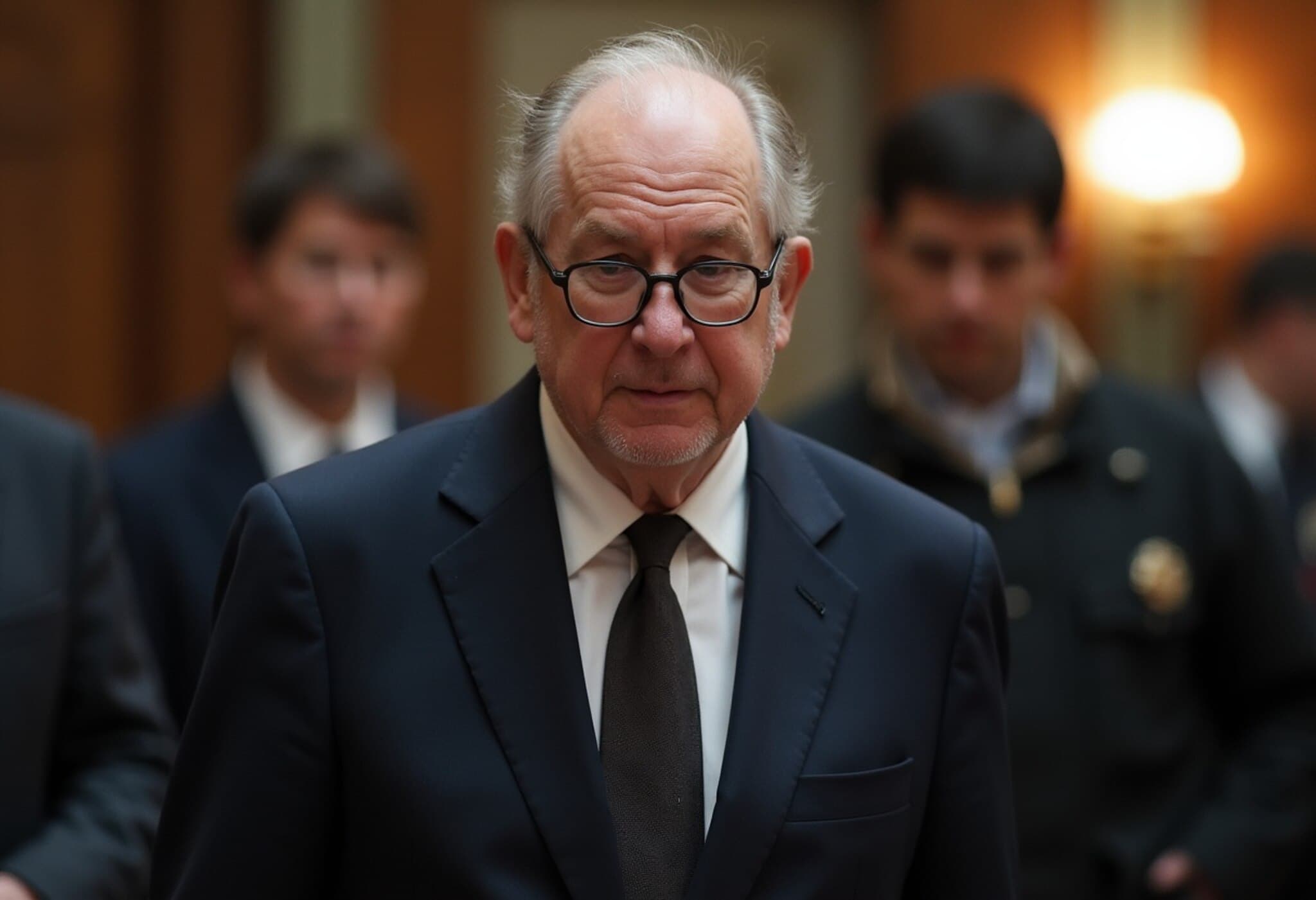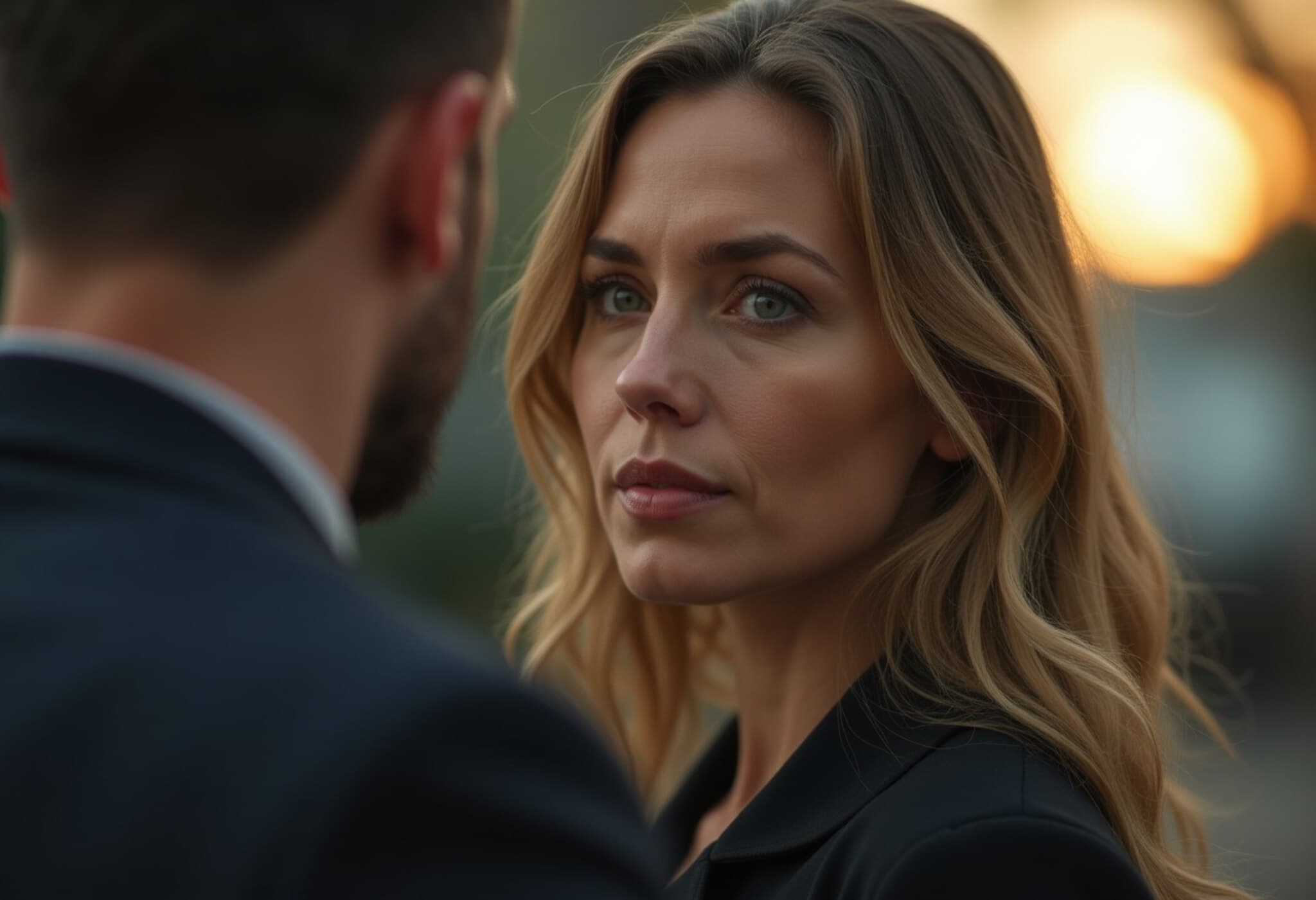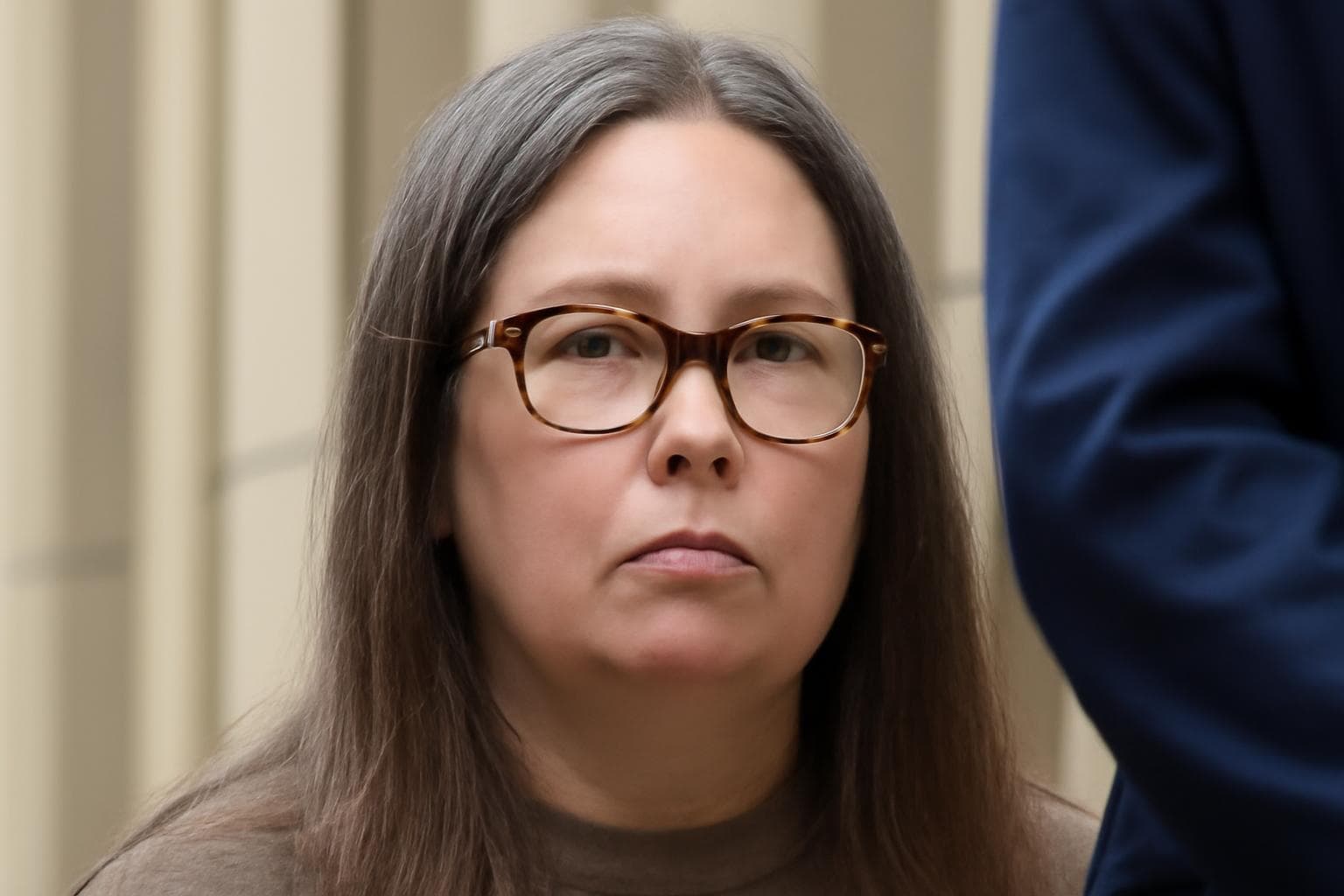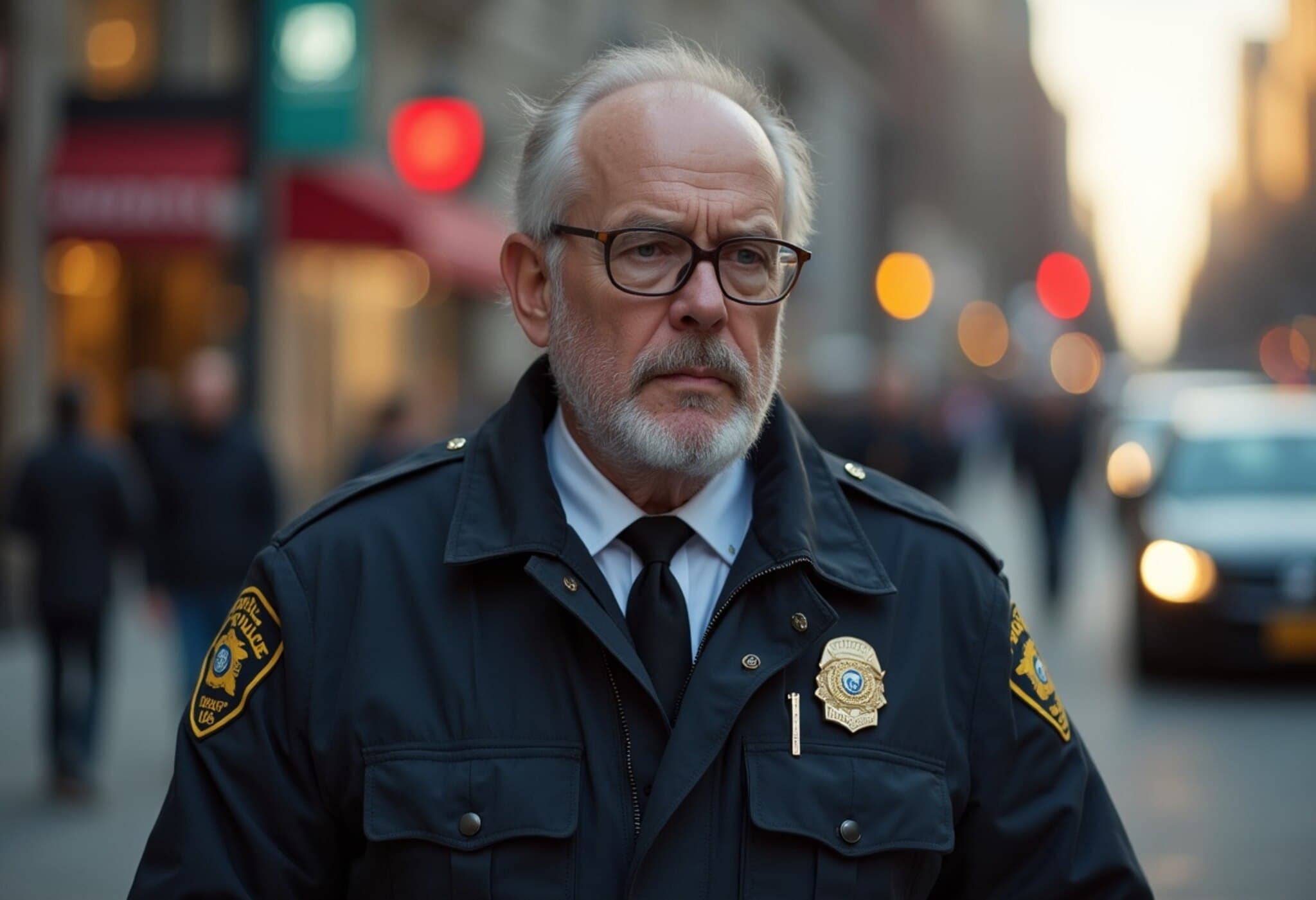The Retrial of Karen Read: A Closer Look at the Witnesses
The retrial of Karen Read for the death of her police officer boyfriend, John O’Keefe, has brought forward 49 witnesses including locals, law enforcement officers, and forensic experts to piece together the events of a chilling night in January 2022 in Canton, Massachusetts. In this gripping case, prosecutors assert that Read, intoxicated, struck O’Keefe with her vehicle and abandoned him to die in the snow, while the defense suggests a conspiracy, including possible police misconduct and alternative explanations for O’Keefe’s death.
Background: The Night of the Incident
On the night of January 28, 2022, Read and O’Keefe were seen socializing at a bar with friends before moving the gathering to a residence at 34 Fairview Road. While Read maintains she dropped off O’Keefe safely, prosecutors argue this is when the fatal incident involving her Lexus SUV occurred.
The Defendant’s Statement
Read's own words were played in court from various interviews, including poignant moments where she pondered whether she might have accidentally clipped O’Keefe. At one point, she stated, “I did not drive my car into John. Did not reverse it. Did not hit John with my car. There is zero chance this is an accident.” These statements have been pivotal for both the prosecution and defense in shaping their narratives.
Eyewitnesses Illuminate Key Moments
Jennifer McCabe: Witness to the Aftermath
Jennifer McCabe, a close friend of O’Keefe, testified that she expected the couple at the after-party but they never arrived inside. She recounted receiving a frantic call from Read early the next morning, and her eventual discovery of O’Keefe’s body in the snow, which led her to call 911. McCabe also recalled Read admitting she hit O’Keefe, a statement echoed by other individuals present at the scene.
Kerry Roberts: The Taillight Revelation
Friend Kerry Roberts testified about noticing damage to Read’s SUV taillight on the morning of the incident, supporting the claim that the vehicle was involved in a collision. However, when confronted with surveillance footage, Roberts conceded uncertainty about the exact timing of these observations.
Brian Loughran: The Snowplow Driver’s Account
Contradicting elements of the prosecution’s case, Brian Loughran, who cleared snow near the scene several times in the early morning hours, testified he never saw a body on the lawn despite clear visibility.
Jonathan Diamandis: Text Messages Reveal Bias
As a childhood friend of the lead investigator Michael Proctor, Diamandis shared disturbing messages Proctor sent during the investigation, revealing sexist language and bias against Read. These texts contributed to Proctor’s subsequent dismissal from the police force and raised questions about the investigation’s impartiality.
Law Enforcement Perspectives
Sgt. Yuri Bukhenik: Investigation Integrity
Sgt. Bukhenik sought to downplay Proctor's sole control over the case, portraying the investigation as a team effort, yet acknowledged that certain text messages lacked integrity and honor.
Trooper Nicholas Guarino: Unanswered Calls
Guarino presented evidence of Read's numerous calls to O’Keefe during the night, including voicemails filled with anger and hurt, underscoring the volatile nature of their relationship before the tragedy.
Lt. Paul Gallagher: Evidence Collection Challenges
Retired Lt. Gallagher described the difficult conditions while collecting forensic evidence under heavy snowfall, using unconventional methods like a leaf blower to avoid damaging potential evidence such as blood spots and broken glass. However, he acknowledged that some of his collection methods and documentation were less than standard.
Sgt. Nicholas Barros: Taillight Condition
Sgt. Barros testified that the damage to Read’s taillight was minor when the vehicle was seized, conflicting with photographs showing more extensive damage, thereby raising suspicions the taillight damage might have been altered after the seizure.
Expert Testimonies: Piecing Together the Forensics
Dr. Irini Scordi-Bello: Medical Examiner’s Findings
Dr. Scordi-Bello reported that O’Keefe died from blunt impact injuries to his head compounded by hypothermia, noting significant head trauma consistent with a heavy blow but was unable to definitively classify the manner of death.
Dr. Aizik Wolf: Neurosurgical Expertise on Injuries
Dr. Wolf explained that the injuries aligned with blunt trauma typically seen when intoxicated individuals fall on icy surfaces, highlighting how such injuries can occur without vehicle impact.
Dr. Marie Russell: Dog Bite Analysis
Offering a critical defense perspective, Dr. Russell testified that arm injuries on O’Keefe were likely caused by a dog attack, possibly from the German shepherd belonging to the residents where the incident occurred, indicating that the wounds were consistent with an animal bite pattern.
Ian Whiffin: Digital Forensics Insights
Whiffin analyzed cell phone data revealing that O’Keefe's phone remained near the flagpole outside the residence from 12:24 a.m. until his body was found, with temperature data indicating a steady drop consistent with exposure to the cold after incapacitation.
Judson Welcher: Prosecution’s Accident Reconstruction
Welcher, an accident reconstructionist, testified that data from Read’s SUV corresponds with it reversing rapidly near the time of the incident, with vehicle damage and injuries supporting a collision scenario.
Daniel Wolfe: Defense’s Accident Reconstruction
In contrast, Wolfe’s tests indicated that the damage to Read’s taillight was not sufficient to create the puncture holes found on O’Keefe’s sweatshirt, suggesting alternative explanations for the injuries and challenging the collision theory.
The Jury's Responsibility and Deliberation
The twelve jurors face a complex decision, weighing conflicting testimonies, expert analyses, and material evidence to determine whether prosecutors have met the high burden of proving guilt beyond a reasonable doubt. The case intricately balances forensic facts against allegations of potential bias and investigative errors, with the jury’s verdict poised to close a long, contentious chapter.

